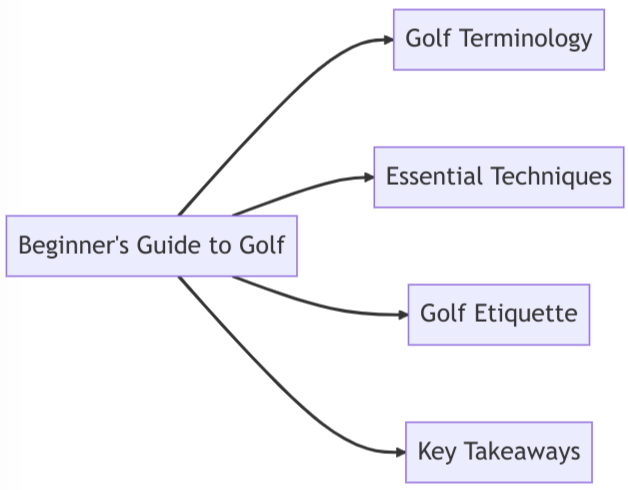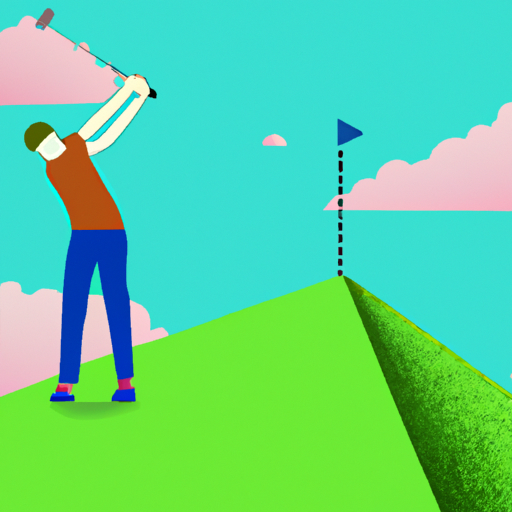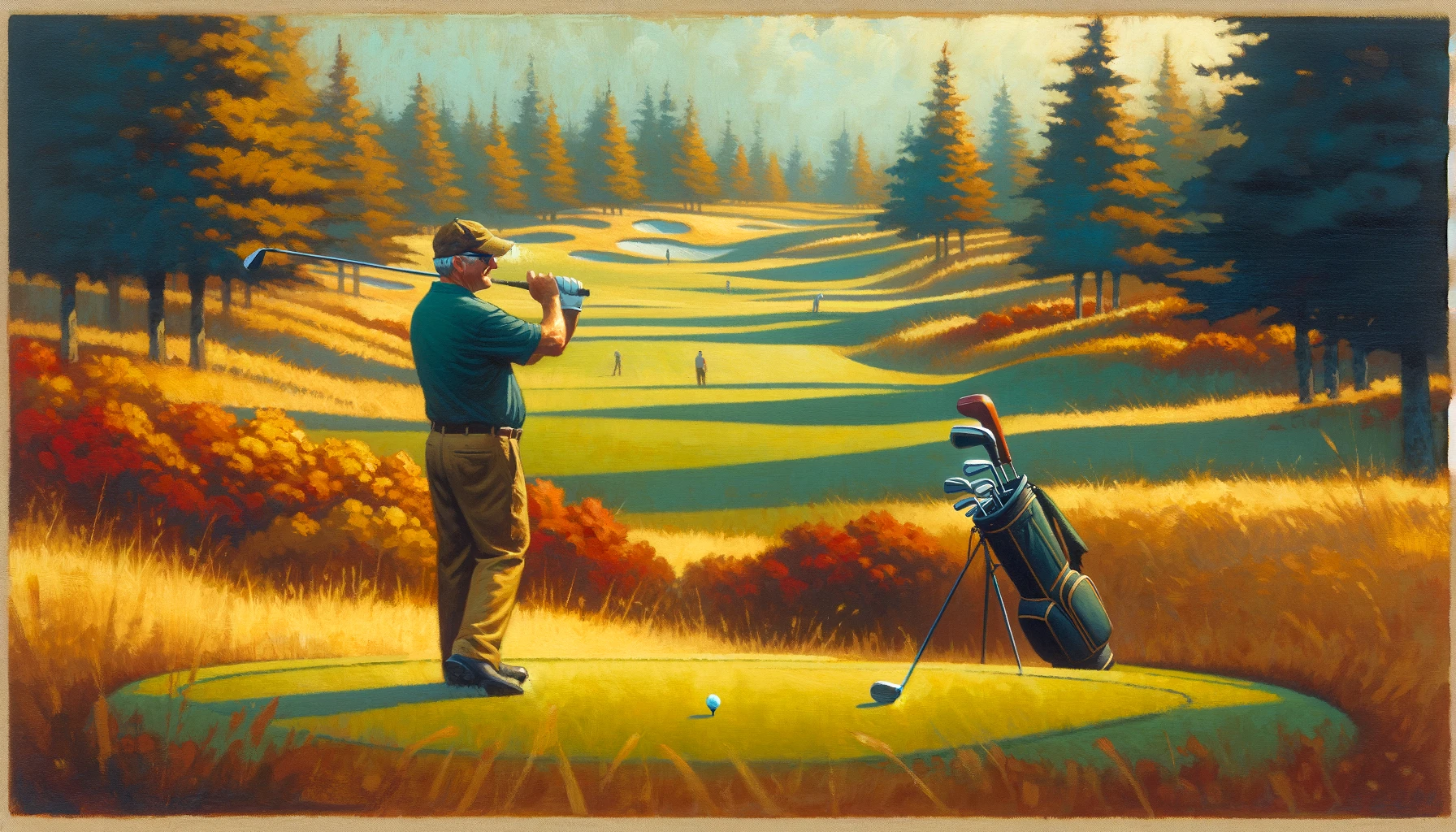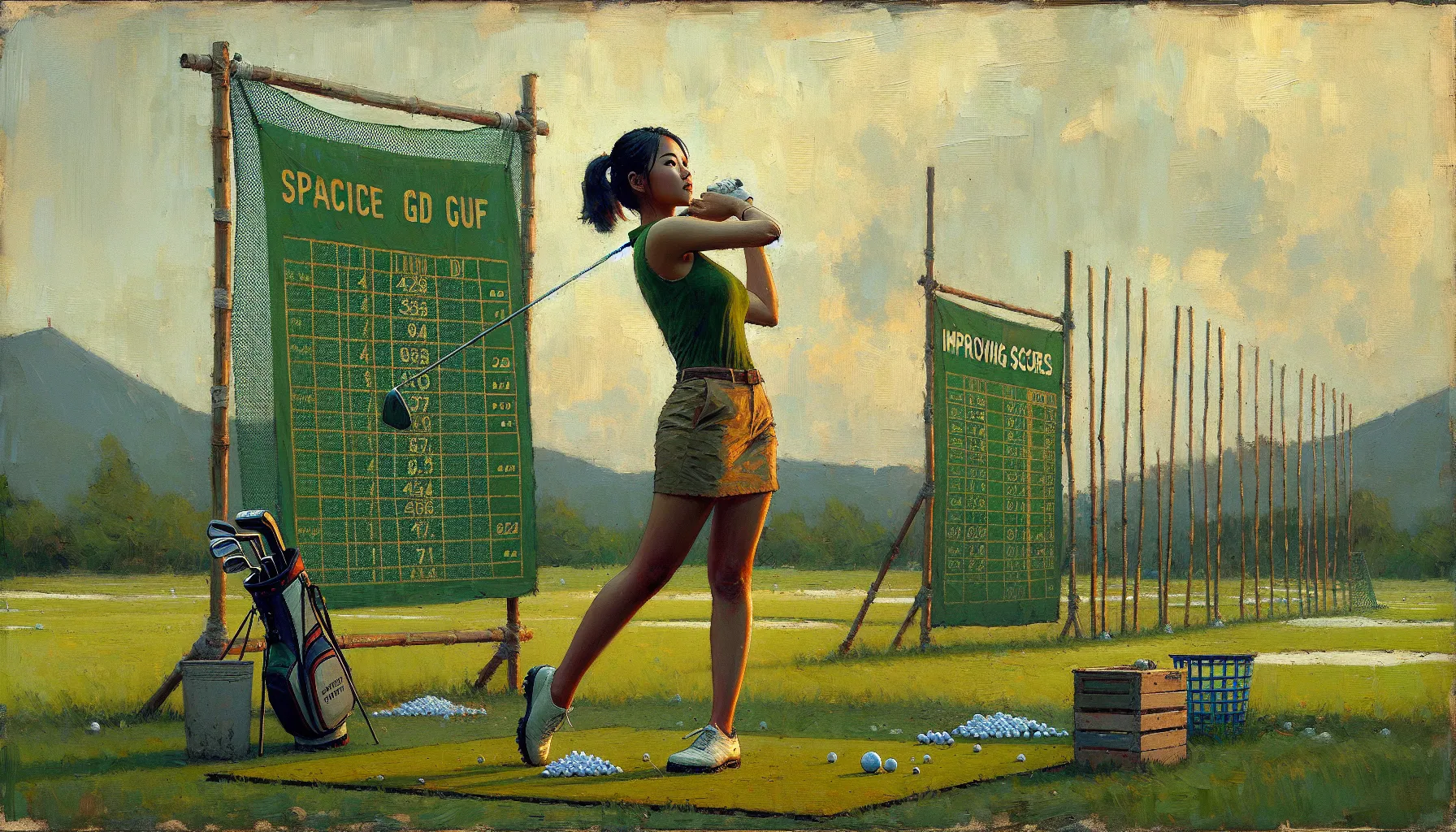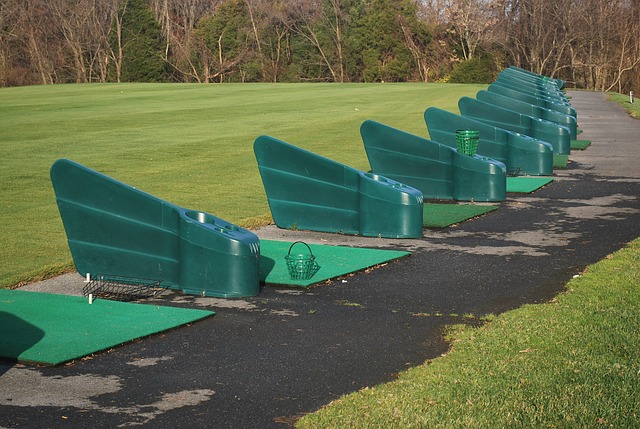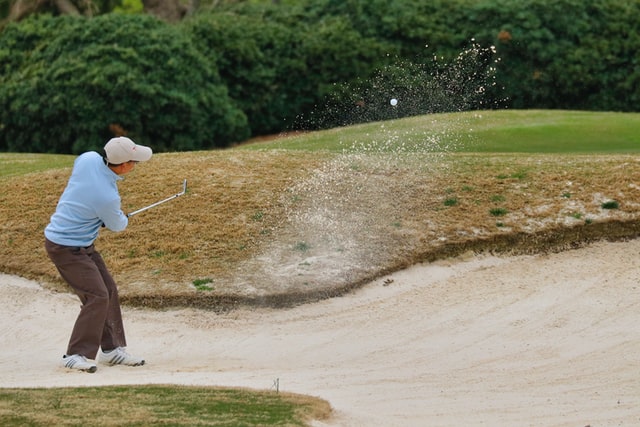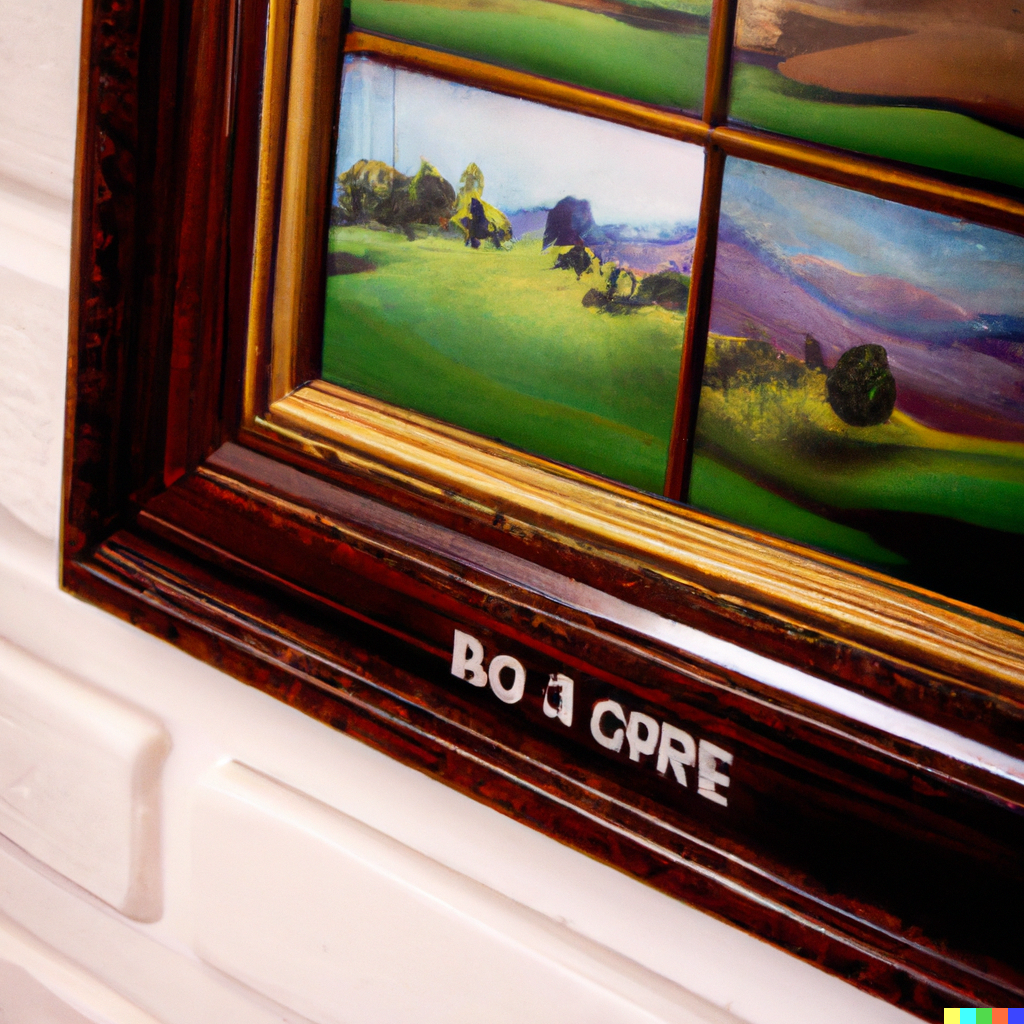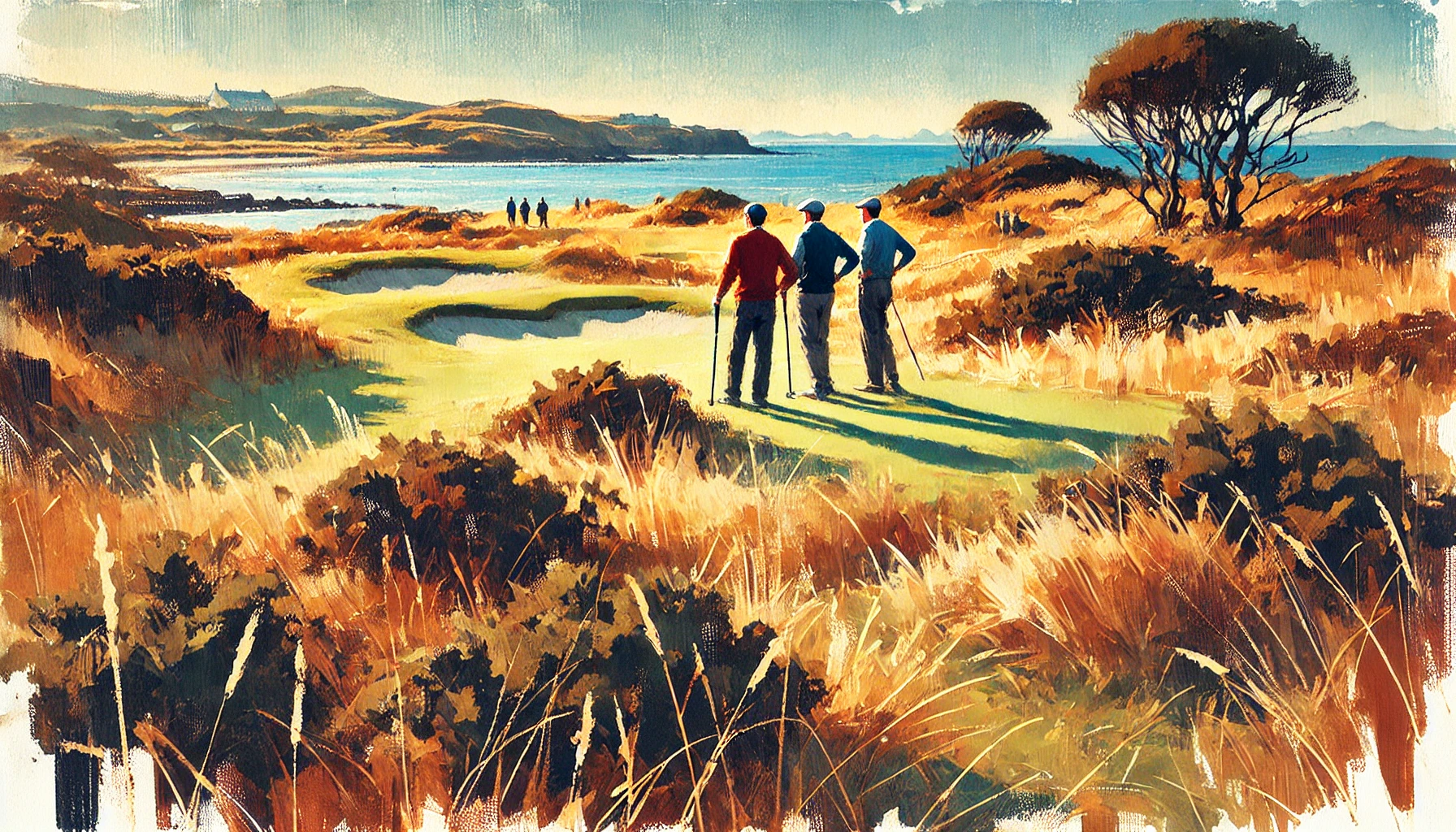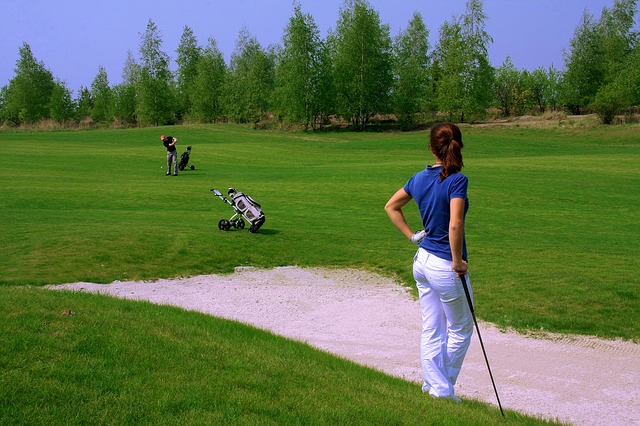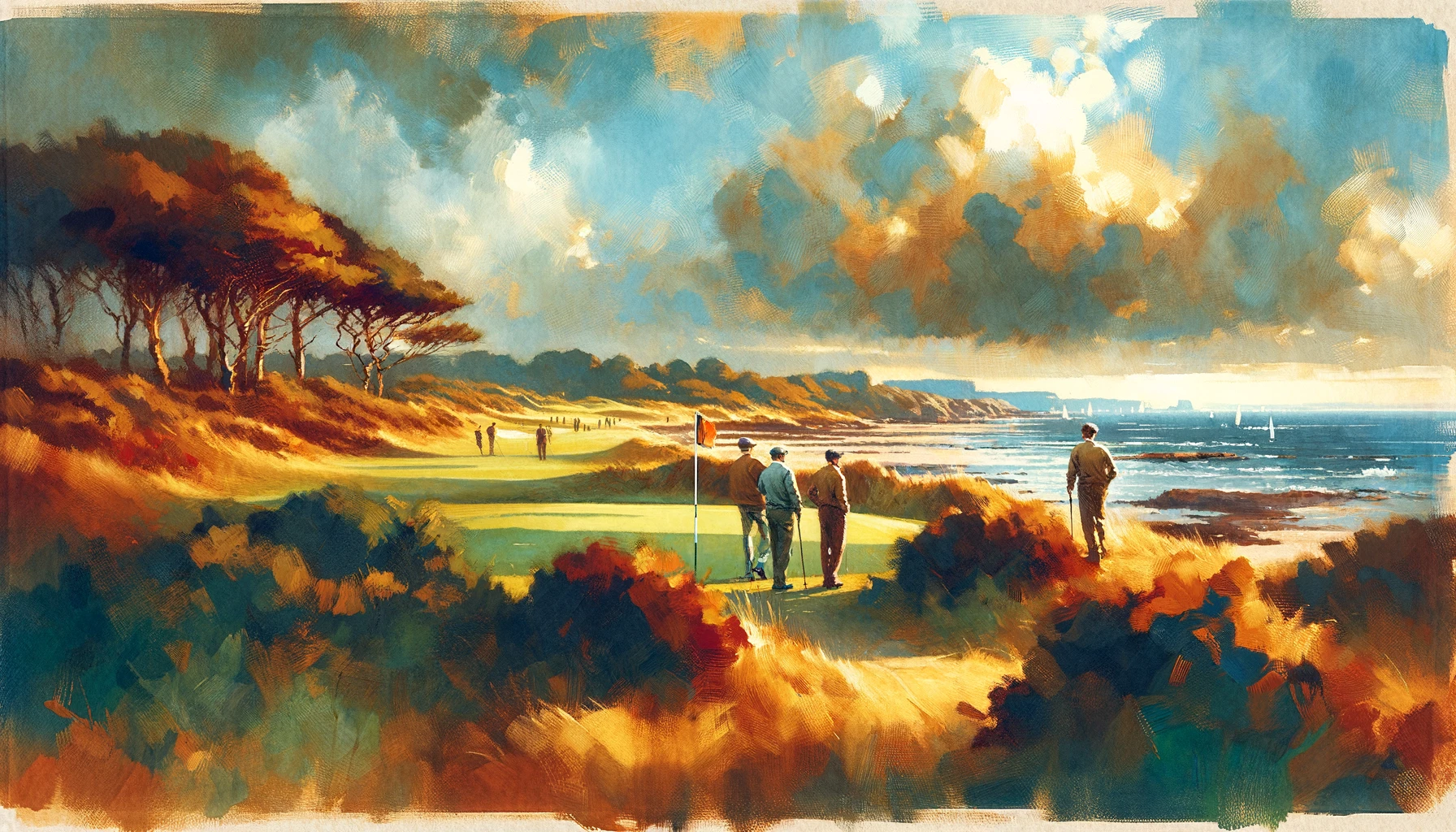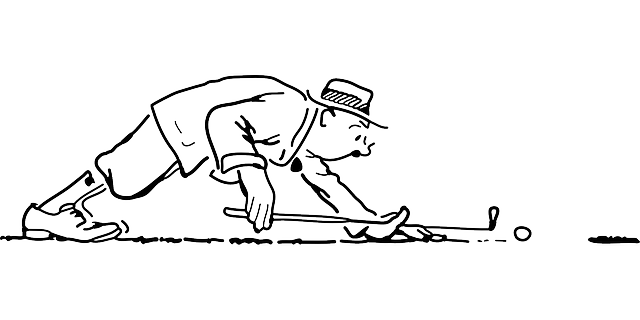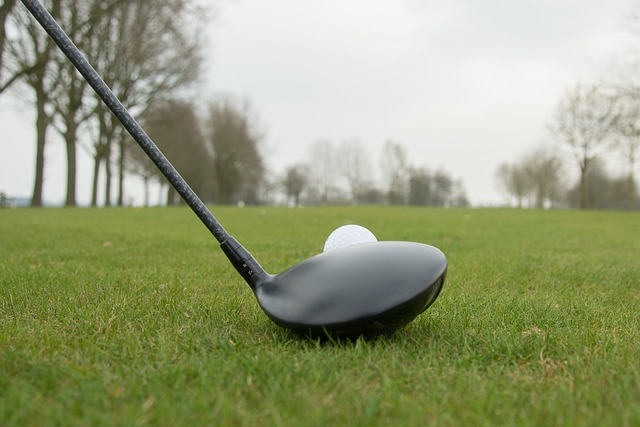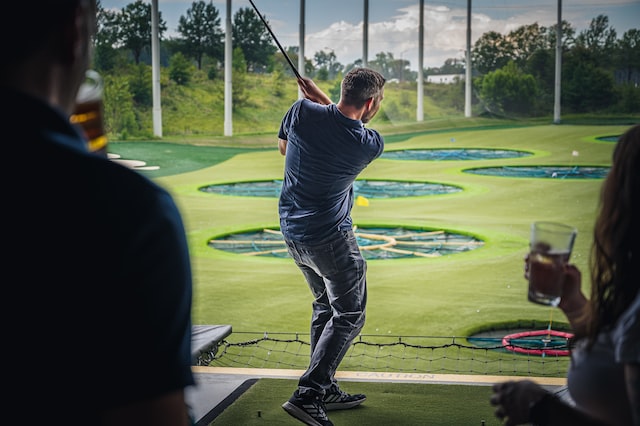A Beginner's Guide to Golf: Step Up Your Game in No Time!
Are you tired of watching your friends enjoy a round of golf while you sit on the sidelines, unsure of how to join in? As a beginner, the world of golf can seem intimidating and complex, but fear not! Our beginners golf guide is here to help you step up your game in no time.
Imagine being able to confidently join your friends on the golf course, feeling prepared and knowledgeable about the game. From understanding the basic rules and golf terminology to mastering essential techniques and etiquette, we'll cover everything you need to start enjoying this popular sport.
Don't let the fear of the unknown hold you back from experiencing the fun and challenge that golf has to offer. With our beginner's guide, you'll quickly become familiar with the sport, allowing you to make steady progress and impress your friends with your newfound skills.
As an aspiring golfer, you're embarking on a journey that will test your patience, determination, and focus. But remember, every skilled golfer started where you are now. With the right guidance and practice, you too can become a proficient player and enjoy the rewarding experience of golf.
So, let's dive into our beginner's guide and get you started on the right path!
Beginners Golf Guide
Golf is a great way to enjoy the outdoors, get some exercise, and challenge yourself mentally. Whether you're new to the sport or just looking to improve, our beginner's golf guide will get you on the right track.
Let's tee off!
Introduction to Golf
Golf is a sport that can be enjoyed by people of all ages and skill levels. It involves hitting a small ball with a club into a series of holes on a course, with the objective of completing the course in as few strokes as possible.
Golf Basics
|
Term |
Definition |
|
Par |
The number of strokes a skilled golfer should take to complete a hole |
|
Birdie |
A score of one stroke under par on a hole |
|
Bogey |
A score of one stroke over par on a hole |
|
Hole-in-one |
When a golfer gets the ball in the hole with just one stroke |
Click here to learn more golf terminology.
Golf Equipment
Before you can start playing, you'll need to gather some essential golf equipment. This includes:
1. Golf clubs: A set typically includes a driver, fairway woods, irons, wedges, and a putter.
2. Golf balls: Choose a ball that suits your skill level and playing style.
3. Golf bag: To store and transport your clubs and other equipment.
4. Golf shoes: To provide traction and stability on the course.
5. Golf glove: For a better grip on your club.
6. Tees: To elevate the ball for your first shot on each hole.
Basic Golf Techniques
Now that you have your equipment, it's time to learn some fundamental golf techniques. We've broken them down into three main areas: grip, stance, and swing.
Grip
A proper grip is essential for controlling the club and generating power. There are three common grip styles:
1. Overlap: The pinky finger of your bottom hand rests on top of the index finger of your top hand.
2. Interlock: The pinky finger of your bottom hand interlocks with the index finger of your top hand.
3. Ten-finger (baseball) grip: All ten fingers are on the club, with no overlapping or interlocking. (Not recommended.)
4. Experiment with each grip style to determine which feels most comfortable for you.
Stance
A good stance provides balance and stability throughout the swing. Follow these steps to achieve a proper stance:
1. Stand with your feet shoulder-width apart and parallel to the target line.
2. Bend your knees slightly and flex your hips.
3. Keep your back straight and tilt forward from your hips.
4. Let your arms hang naturally, with your hands positioned below your chin.
Swing
The golf swing consists of several components, including the takeaway, backswing, downswing, and follow-through. Here's a step-by-step breakdown:
1. Takeaway: Start by slowly moving the club back with your arms and shoulders.
2. Backswing: Turn your hips and shoulders away from the target, allowing the club to rise naturally.
3. Downswing: Shift your weight from your back foot to your front foot, and rotate your hips and shoulders towards the target.
4. Follow-through: Continue the rotation, allowing your arms to fully extend and the club to come to a natural finish.
Golf Course Etiquette
Respecting golf course etiquette is important to ensure a pleasant experience for all players. Some basic rules to follow include:
- Maintain a reasonable pace of play.
- Repair divots and ball marks on the greens.
- Rake bunkers after playing a shot from the sand.
- Keep noise levels low, especially when others are preparing to swing.
- Always follow the course's dress code.
- Respect the rules and guidelines set by the course management.
Tips for Beginner Golfers
As a beginner, it's important to practice regularly and focus on improving your skills. Here are some tips to help you progress:
1. Take lessons: Working with a qualified golf instructor can help you develop proper techniques and avoid bad habits.
2. Practice your short game: Spend time working on your putting, chipping, and pitching, as these shots can significantly impact your overall score.
3. Learn from your mistakes: Analyze your shots and try to understand what went wrong so that you can make adjustments and improve.
4. Stay patient: Golf can be a challenging sport, and progress may be slow. Be patient and enjoy the learning process.
5. Warm-up: Stretch and practice your swing before hitting the course to help prevent injury and improve your performance.
Key Takeaways
- Golf is a fun and challenging sport that can be enjoyed by people of all ages and skill levels.
- Essential golf equipment includes clubs, balls, a bag, shoes, a glove, and tees.
- Focus on developing a proper grip, stance, and swing to improve your game.
- Adhere to golf course etiquette to ensure a pleasant experience for all players.
- Practice regularly, take lessons, and remain patient as you work on improving your skills.
With this beginner's golf guide in hand, you're now ready to hit the links and start your journey towards becoming a skilled golfer. Remember, practice makes perfect – so get out there and enjoy the game!
Frequently Asked Questions About Golf for Beginners
What clubs should I start with as a beginner?
What clubs should I start with as a beginner?
As a beginner, you should start with a basic set of clubs, including a driver, a 3-wood, a 5-iron, a 7-iron, a 9-iron, a pitching wedge, and a putter. As you improve, you can expand your set to include other clubs.
How do I choose the right golf ball for me?
How do I choose the right golf ball for me?
Start with a two-piece golf ball, which offers more distance and forgiveness for beginners. As you improve, you can experiment with different types of golf balls to find the one that best suits your game.
How do I find the right grip for my swing?
How do I find the right grip for my swing?
A neutral grip, with the "V" formed by your thumb and forefinger pointing to your back shoulder, is recommended for most beginners. As you develop your swing, you may find a different grip more comfortable.
How far should I stand from the ball when addressing it?
How far should I stand from the ball when addressing it?
Your distance from the ball will depend on the club you're using and your body type. Generally, you should stand close enough to reach the ball comfortably with a slight bend in your knees and your arms hanging down naturally.
How do I know which club to use for different shots?
How do I know which club to use for different shots?
The general rule is to use a higher-numbered club for shorter distances and a lower-numbered club for longer distances. As you gain experience, you'll become more familiar with the distances you can achieve with each club and can adjust your club selection accordingly.
How do I improve my putting?
How do I improve my putting?
Practice is key when it comes to improving your putting. Focus on maintaining a consistent stroke, reading the greens accurately, and developing a good feel for distance control.
What should I wear on the golf course?
What should I wear on the golf course?
Golf courses typically have dress codes, so it's essential to wear appropriate attire. Collared shirts, golf slacks or shorts, and golf shoes with soft spikes are standard. Avoid wearing jeans, T-shirts, and athletic shoes.
How can I find a local golf instructor?
How can I find a local golf instructor?
You can find local golf instructors by asking for recommendations at golf courses, driving ranges, or golf shops, or by searching online for certified instructors in your area.
How do I get a golf handicap?
How do I get a golf handicap?
To obtain a golf handicap, you need to join a golf club or association that uses the USGA Handicap System. You'll need to submit a minimum of five 18-hole scores (or ten 9-hole scores) to calculate your initial handicap.
